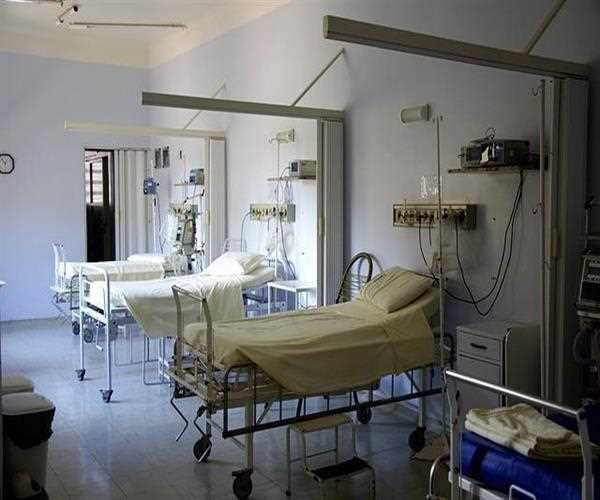Search here

20-Sep-2022
What is ECMO?
What is ECMO?
ECMO stands for Extracorporeal Membrane Oxygenation. ECMO machines take blood from a vein and pump it out of the body (extracorporeal), remove carbon dioxide, add oxygen (reoxygenation), and return it to the body. This process relieves some of the strain on the heart, lungs, or both.
There are two main types of ECMO treatment. Both remove deoxygenated blood from the veins.
Venous ECMO (VV) returns oxygenated blood to the veins that bypass the lungs. Doctors use it when there is a problem with the lungs and not the heart.
Venous arteries (VA) ECMO returns blood to the arteries. It does not pass through the lungs. Doctors usually use it for heart and lung problems.
What to expect?
The surgical team inserts a tube into a large vein or artery in the chest, neck, leg, or groin. You can hear your doctor talk about a coronary cannula and the cannulation process. They usually do this in your hospital room. First, you will be given medicines to control the pain, prevent blood clots, and make you sleepy (you will hear a sound called sedation). The surgeon then puts the tube back in place. Finally, the team will take an X-ray to make sure the tube is in the right place.
If you need ECMO, you may already be using a machine to help you breathe, called a ventilator. Specially trained respiratory nurses and therapists work with the surgical team to monitor progress. It monitors your blood pressure and heart rate and constantly checks your blood oxygen and carbon dioxide levels. You should not experience severe pain or discomfort during the insertion of the tube or while the ECMO machine is working. You will be given medication to make you drowsy while on ECMO. However, if you are not on a ventilator, you are awake enough to talk and talk.
When do you need ECMO?
ECMO treatment may be necessary if:
Even though the lungs fill with oxygen, they cannot supply enough oxygen to the body.
Even with a ventilator, the lungs cannot remove enough carbon dioxide.
Your heart can’t move enough blood through your body.
Your heart and lungs need help as you wait for an organ transplant.
ECMO treatment does not cure the disease or injury. A tool to support your body while your healthcare team tries to solve an underlying problem that could be a long-term illness like COPD, an infection like COVID-19, or an accidental injury. In general, the medical team will try to get you off the ECMO machine as soon as possible, perhaps after a few hours. Some people need more. The time can vary from a few days to a few weeks. Stopping ECMO is fatal for some people.
Risks of ECMO
There are two main risks with ECMO treatment.
Bleeding. It affects up to half of ECMO users and can be serious. Blood is thin and can be added to ECMO. This can be the result of surgical wounds or other reasons. Surgery may be needed to find and remove the problem and to look for bleeding (bleeding) in the body cavity.
Blood clots:
These can break off and travel to the lungs or brain, where they can be life-threatening. About 70 percent of people on ECMO experience blood clots, but medical teams can prevent the problem by careful monitoring and prompt treatment of clots that usually form in the body or the tubes of the ECMO machine.
The tubes can also cause infections in the body, increasing the risk of stroke.

Student
An inquisitive individual with a great interest in the subjectivity of human experiences, behavior, and the complexity of the human mind. Enthusiased to learn, volunteer, and participate. Always driven by the motive to make a difference in the sphere of mental health - and normalize seeking help through a sensitive and empathetic approach
Join Our Newsletter
Subscribe to our newsletter to receive emails about new views posts, releases and updates.
Copyright 2010 - 2025 MindStick Software Pvt. Ltd. All Rights Reserved Privacy Policy | Terms & Conditions | Cookie Policy